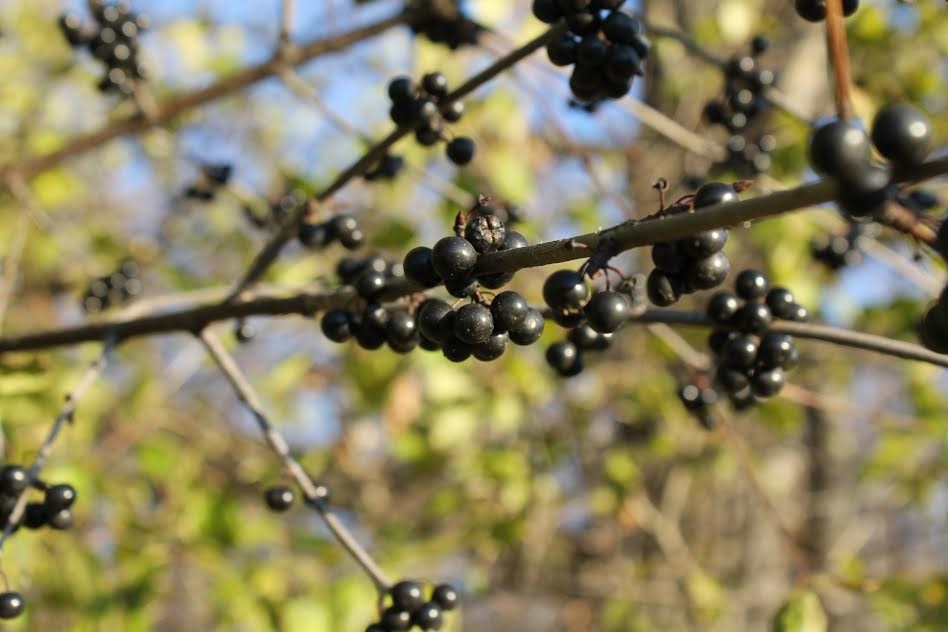Feb. 27 through Mar. 3 marks National Invasive Species Awareness Week in the U.S.
At the same time, Sault Ste. Marie’s Invasive Species Centre will be holding its own awareness week for our area.
The Sault’s Invasive Species Centre’s staff fight against those species that have already made their way here, and also have their eyes peeled on keeping additional pesky insects, fish, plants and trees out of our area’s precious ecosystem.
The public is invited to follow the Invasive Species Centre’s campaign on Facebook and Twitter (@InvSp) and to follow it through the week using the hashtag #InvSpWk
The theme of the week is ‘Protect What You Love.’
SooToday, with research provided by the Invasive Species Centre, will be highlighting a different form of invasive bug, vegetation or fish each day this week.
So far, we’ve taken a look at Oak Wilt (a disease which affects oak trees), the Asian Long Horned Beetle and Japanese Knotweed
Another species of concern is Common Buckthorn.
“We do have a lot of Buckthorn in the area,” said Taylor Wright, Invasive Species Centre project manager.
“It was introduced in the 1880s as an ornamental shrub, it has those colourful berries, very pretty, but it takes over very easily (crowding out native species) and once it’s allowed to establish in an area it will form a very dense thicket that’s essentially impossible to work through and it has little spines on it…it’s not the easiest thing to pull up because you can injure yourself,” Wright said.
A “fun fact,’ Wright said, is how it spreads.
“A lot of people thought the berries would provide a food source for birds and bears. Someone in southern Ontario had a Buckthorn plant in the middle of a field and they noticed from the plant to the forest line there were these little seedlings coming up, and it was because they found out the berries have an extreme laxative effect on wildlife.”
“So the birds would go and feed on the berries and they weren’t even able to make it back to the forest in time without it going through their system, so that’s one way it spreads so rapidly,” Wright smiled.
Common Buckthorn is easy to find on Whitefish Island, Wright said.
The plant is actually able to alter the soil chemistry around it, making other, surrounding native plants unable to thrive.
“It really is a master of taking over its habitat,” Wright said.
As with other invasive species, people should learn how to identify Common Buckthorn, avoid using invasive plants in gardening, buy native or non-invasive plants, dump invasive plants in the garbage, not in a compost or a natural area, and, when hiking, stop the spread of invasive plants by staying on the trails and keep pets on a leash.
More information on Common Buckthorn can be found online
SooToday will highlight the fifth and final pest of Invasive Species Awareness Week Friday.
